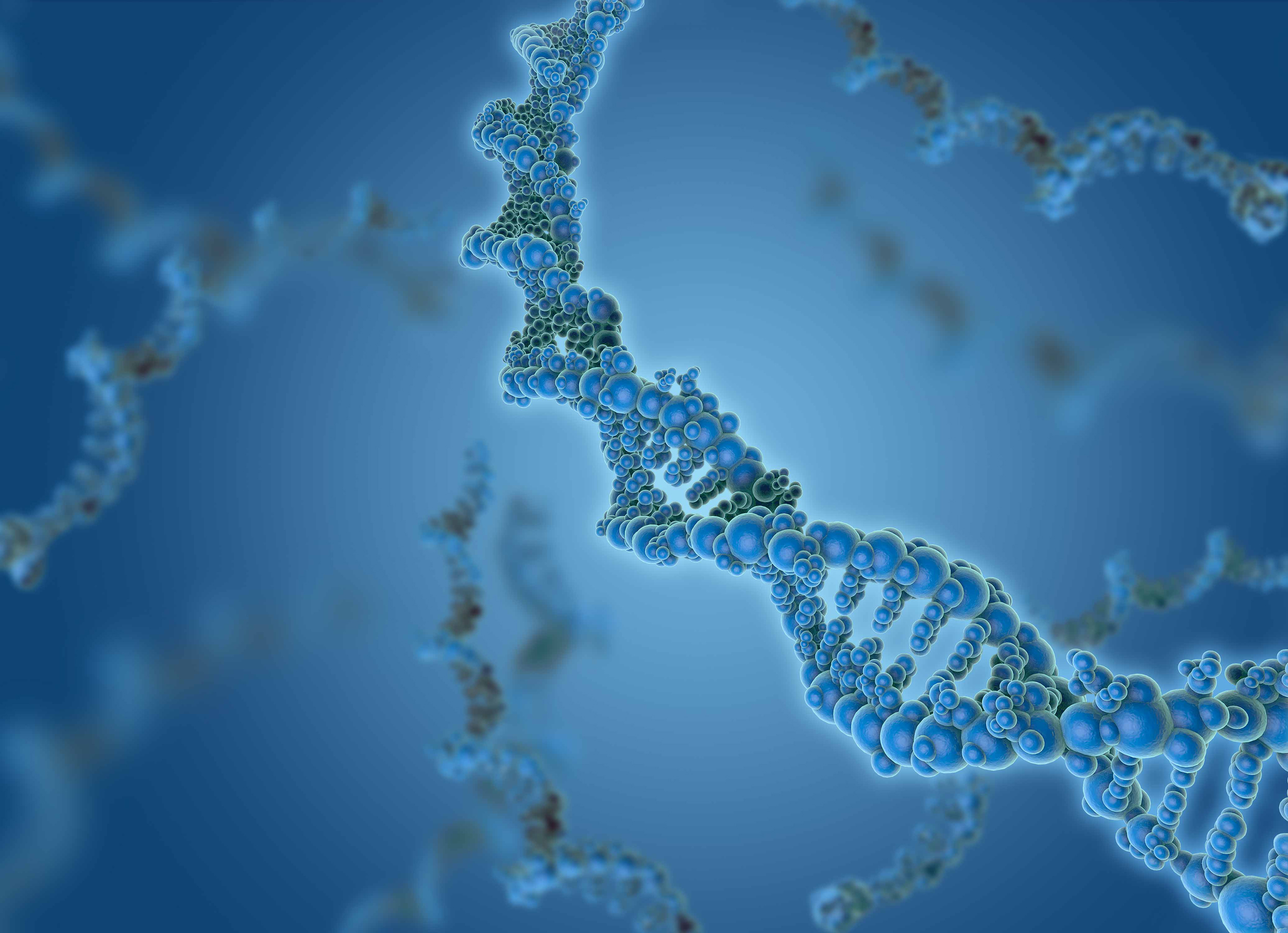
Back to top
We Enrich
Your Research
Our Knowhow
for Your Success:
Since 1989
The best thing
that can happen
to a DNA

We Enrich
Your Research

Our Knowhow
for Your Success:
Since 1989

The best thing
that can happen
to a DNA

